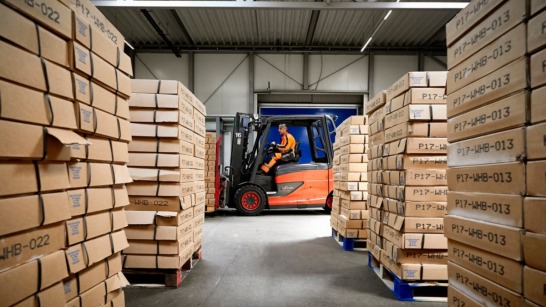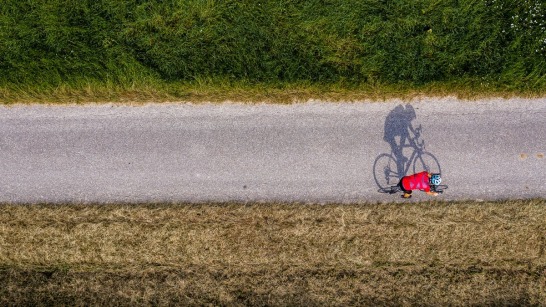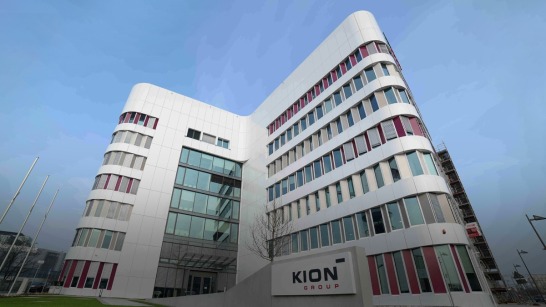
Top intralogistics performance at sub-zero temperatures
From crunchy vegetables to ice cream - the world of frozen goods is diverse and demanding. To keep the goods fresh, the cold chain must not be interrupted. However, constant sub-zero temperatures in the warehouse are not enough. You also need narrow-aisle forklift trucks, industrial trucks and shuttle systems that work reliably and efficiently at all times in frosty conditions.
2024-03-06




